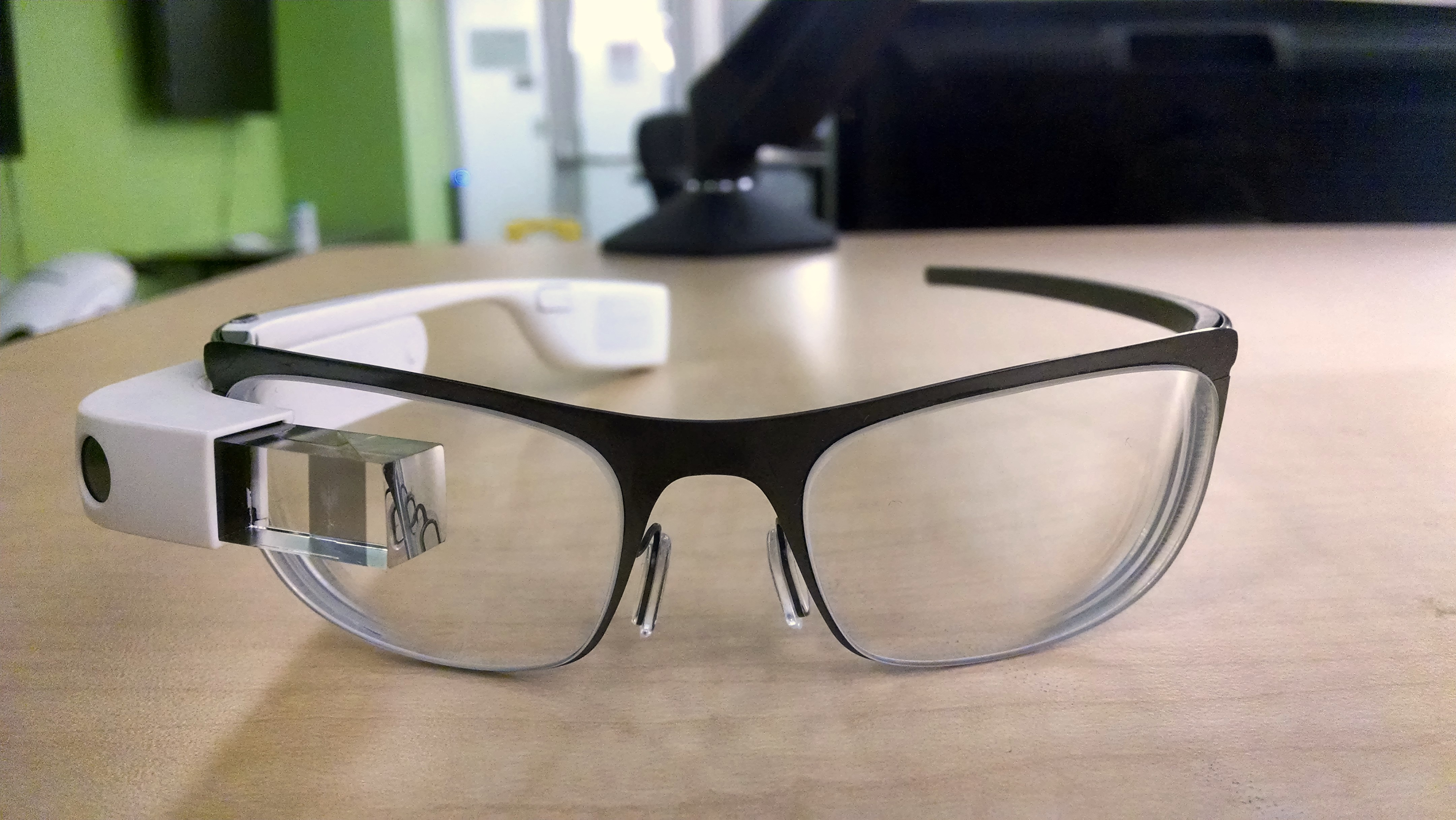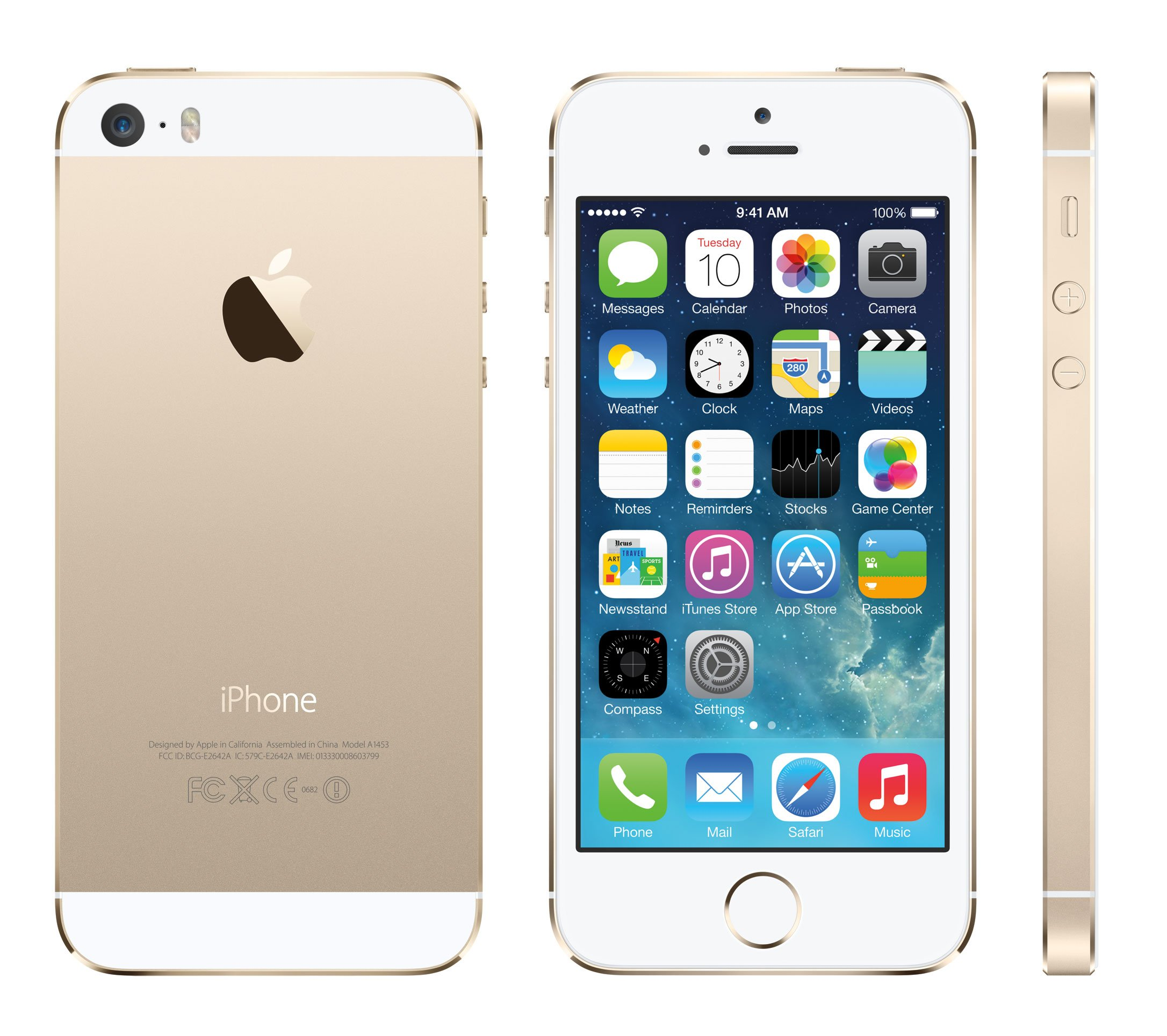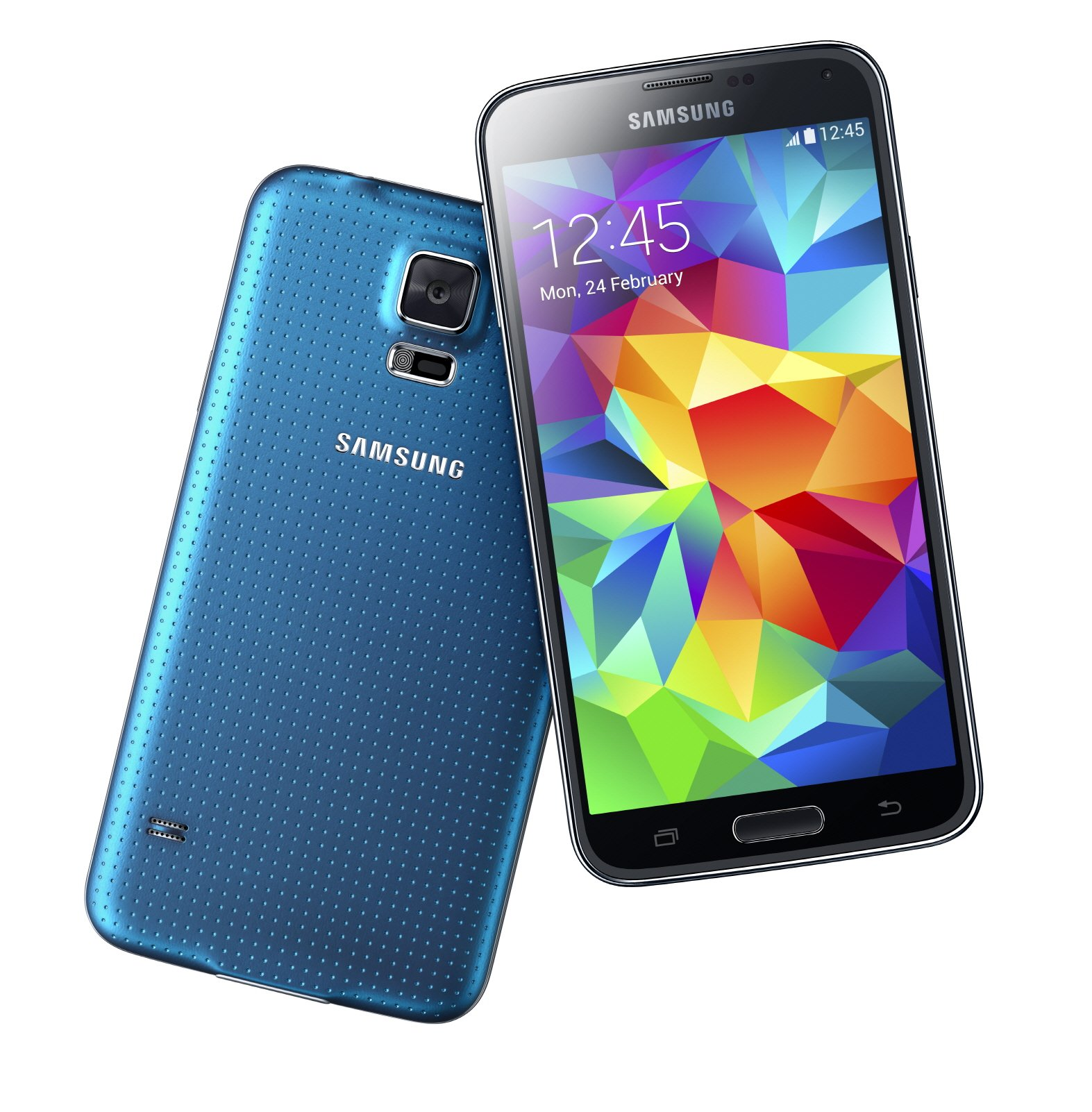Google Glass has emerged as a pioneering player in the realm of wearable technology, paving the way for a new generation of smart glasses that blur the line between the digital and physical worlds. Priced at $1,500 in the US and £1,000 in the UK, Google Glass presents an exciting yet costly option for tech enthusiasts eager to embrace augmented reality. Despite its innovative features, potential buyers often weigh the hefty price tag against concerns about future updates to the device, leading to apprehension about its longevity. Interestingly, societal perceptions play a significant role in the adoption of smart glasses; many users feel that while Google Glass offers a glimpse into the future, its design can make users feel more like geeks than futurists. As we explore the evolution and market acceptance of devices like Google Glass, it’s essential to consider the user preferences that are shaping the future of smart glasses and the growing landscape of wearable technology.
Also referred to as augmented reality eyewear, Google Glass has set itself apart in the rapidly expanding sector of smart personal devices. These innovative eyeglasses aim to integrate with users’ daily lives, offering functionalities that extend far beyond traditional vision aids or fashionable eyewear. As the interest in wearable tech surges, consumers are faced with diverse options like smartwatches and high-tech spectacles, each catering to unique lifestyle preferences and technological needs. Understanding the distinct appeal of computing glasses compared to elegant timepieces reveals insights into consumer desires and the evolving landscape of personal gadgets. With ongoing advancements in design and functionality, the dialogue surrounding the future of smart glasses continues to evolve, as many look toward a more integrated and immersive technological experience.
The High Cost of Google Glass: Is It Worth It?
Google Glass has emerged as a pioneering product in the realm of wearable technology, yet its premium price tag of $1,500 in the US and £1,000 in the UK raises eyebrows. For many potential consumers, this high cost serves as a significant barrier to entry. The features that come with Google Glass, such as hands-free computing and augmented reality capabilities, may not justify the investment for everyone. Particularly when compared to other smart devices, like smartwatches, which often boast more practical functionalities at a fraction of the price, it’s clear that price plays a pivotal role in the acceptance of such wearables.
Moreover, consumers are faced with the risk of obsolescence. Google’s past decisions to update the specifications of Glass—such as doubling the memory for improved performance—have led to concerns among existing users about future-proofing their investment. The fear of needing to spend another $1,500 down the line for the latest model can deter prospective buyers. Therefore, the price and potential for rapid changes in technology create hesitations that could hinder widespread adoption of Google Glass in the competitive landscape of smart devices.
Google Glass vs. Smartwatches: Where Do Consumers Stand?
A recent survey distributed by Crittercism highlights the growing divide in consumer preferences regarding wearable technology. With the data showing that 54% of respondents favor smartwatches over smart glasses like Google Glass, it’s clear that the majority of users prioritize practicality and real-time health monitoring. Smartwatches offer a host of features such as fitness tracking, notifications, and even payment options, appealing to a broad audience that seeks utility in their devices. In contrast, Google Glass caters more towards tech enthusiasts looking for innovative forms of augmented reality, which may not resonate with the average consumer.
Interestingly, the audience demographics further reveal divergent interests: men show a greater inclination towards smart specs, while women display a stronger preference for smartwatches. This difference could stem from the inherent versatility of smartwatches, which serve as multifunctional tools, while Google Glass is still pegged as a niche technology requiring a shift in user perception. As wearable technology continues to evolve, understanding these preferences will be crucial for manufacturers aiming to capture a larger share of the market.
The Future of Smart Glasses: Innovations and Improvements
As the realm of wearable technology progresses, the future of smart glasses such as Google Glass hinges on innovations that can attract a broader audience. Feedback from users and survey findings suggest that enhancements in the fields of health, navigation, and social connectivity could pivot Google Glass into a more favorable light. To truly compete with popular devices like smartwatches, Google must ensure that their specs can seamlessly integrate into daily routines while presenting functional applications that enhance user experience.
Additionally, engaging with user feedback to address concerns about aesthetics may also prove beneficial. Users reported feeling like ‘futuristic cyborgs’ yet noted a hesitancy to look ‘geeky.’ Therefore, future developments should not only focus on technology but also design aspects that resonate with modern fashion preferences. By recognizing and addressing these issues, the future of Google Glass could align better with consumer expectations, potentially reshaping how smart glasses fit into the broader landscape of wearable technology.
The Gender Divide: Who Prefers Smart Glasses?
The survey results reveal a noticeable gender divide in the preference for Google Glass versus smartwatches, with 71% of respondents intrigued by smart goggles being men. In contrast, only 29% of the female participants expressed interest in wearable technology like Glass. This disparity raises important questions about marketing strategies and product features geared towards different demographics. For manufacturers, understanding the underlying reasons for these preferences is crucial in designing products that appeal to a wider audience.
Interestingly, women displayed a stronger interest in smartwatches, with indications that they are more attracted to health and fitness applications than the capabilities offered by smart glasses. This poses a challenge for companies looking to diversify the appeal of smart eyewear. Creating smart glasses that incorporate features that resonate with female users, such as fitness tracking or social media browsing in a more user-friendly manner, could help bridge this gap and encourage broader acceptance in the market.
Applications of Wearable Technology: What Do Users Want?
The diverse preferences showcased in the survey illustrate a landscape where various applications of wearable technology hold different levels of appeal. Many consumers reveal they are keen on using navigation, health/fitness, and call/text applications—categories in which smartwatches excel. With nearly 56% of respondents interested in navigation apps, it’s clear that users value practical and timely information, which smartwatches efficiently provide at a glance. Conversely, Google Glass finds its interest predominantly in entertainment, suggesting a gap between functional utility and luxury appeal.
This disparity in application interests may necessitate an evolution in smart glasses to enrich user experience and meet consumer demands. For instance, developers could embed navigation capabilities or health-tracking features into the next generation of Google Glass. By bridging the gap between entertainment and practical utility, such advancements could redefine the perception of smart glasses and expand their appeal across varied consumer demographics.
Challenges Facing Google Glass: Public Perception and Acceptance
Public perception remains a significant hurdle for Google Glass as users grapple with how they are perceived while wearing the devices. The feedback from early testers highlights a prevalent concern: many feel that although the technology is advanced, the aesthetic and social implications may deter potential users from adopting them. The image of being a ‘geek’ could limit the market growth of smart glasses, particularly when more discreet options like smartwatches are perceived as more socially acceptable.
Addressing this challenge requires more than just technological advancements; it also means launching robust marketing campaigns to reshape public perceptions of smart glasses. By showcasing everyday people using these devices in various settings—whether in professional, personal, or recreational areas—manufacturers can help normalize the use of smart glasses and encourage a societal shift towards their acceptance.
Google Glass: A Look Back at Its Development Journey
The development of Google Glass has been a journey filled with innovation and scrutiny. Launched with high expectations, it marked one of the first attempts at creating a mainstream wearable that offered augmented reality functionality. However, the introduction was met with mixed reactions, largely stemming from privacy concerns and its bulky design. Over the years, Google has made several updates, improving the hardware and software. Yet, the initial perception of Glass still impacts its market positioning today.
With each iteration, Google has learned from user feedback. The transition to a more refined model, with enhanced memory and new features, reflects the company’s adaptive strategies to meet consumer needs. As the competition in the wearable technology space intensifies, continuing to innovate and adjust to feedback will be crucial for Google Glass to remain relevant in a rapidly evolving marketplace.
The Impact of Smart Glasses on Everyday Life
Smart glasses, such as Google Glass, promise to augment our everyday experiences significantly. Users can access information, navigate their surroundings, or communicate hands-free, effectively merging digital content with the physical world. These capabilities open a dialogue about how we engage with technology daily. For many, the idea of having information displayed in real-time can enhance productivity and connectivity, yet it also raises questions about distractibility and societal interaction.
Moreover, the potential use cases extend beyond personal utility. Smart glasses could revolutionize various industries, from healthcare to education, by offering professionals hands-free access to critical data and real-time communication. As companies begin to explore these avenues, smart glasses could transform workflows and improve efficiency across sectors, paving the way for a broader acceptance of wearable technologies in everyday life.
Exploring the Integration of Smart Glasses in Professional Settings
The integration of Google Glass into professional environments presents both opportunities and challenges. Industries such as healthcare, manufacturing, and logistics can benefit greatly from the hands-free capabilities that smart glasses provide. For instance, surgeons can access patient information and crucial data during operations without needing to divert their attention away from what they are doing, thereby enhancing precision and outcomes.
However, deploying smart glasses in professional settings is not without difficulties. Concerns about privacy, data security, and user acceptance must be addressed before widespread adoption can occur. Training and policies will be necessary to ensure that professionals can leverage the benefits of wearable technology, like enhanced efficiency and productivity, while managing the ethical implications associated with their use.
Frequently Asked Questions
What is the price of Google Glass and how does it compare to other wearable technology?
Google Glass is priced at $1,500 in the US and £1,000 in the UK, making it significantly more expensive than most smartwatches and other wearable technology on the market. While this hefty price tag may deter potential buyers, it is designed to offer unique functionalities compared to standard smart wearables.
What are the main features of Google Glass compared to smart glasses?
Google Glass offers features like hands-free displays, voice commands, and augmented reality capabilities, distinguishing it from traditional smart glasses. While many smart glasses focus solely on eyewear technology, Google Glass integrates advanced computing functions, appealing to a niche market in wearable technology.
How does Google Glass fare in the competition against smartwatches?
According to a recent survey, 54% of individuals interested in wearable technology prefer smartwatches over devices like Google Glass, which only attracted 26% of interest. This suggests that while Google Glass has unique features, smartwatches are currently more popular among consumers in the wearable tech landscape.
Will current Google Glass users have to pay for future updates?
Yes, current Google Glass users may face additional costs for upgrades. Google has a history of enhancing specifications, such as doubling the memory, which means existing users must purchase the latest model to benefit from these updates, raising concerns about the future-proofing of smart glasses.
What demographics show the most interest in Google Glass and similar wearable technology?
Interest in Google Glass tends to skew male, with 71% of respondents in a survey expressing their fascination with smart glasses being men, compared to only 29% women. Conversely, women demonstrate a stronger inclination towards smartwatches, highlighting differing preferences within wearable technology demographics.
What applications are most popular among Google Glass users compared to smartwatch users?
Google Glass users are most interested in applications related to news and entertainment (61%) and social media (49%). In contrast, smartwatch users favor health and fitness apps (64%), suggesting that the applications for wearable technology significantly differ between these devices.
What concerns do potential buyers have regarding Google Glass?
Potential buyers of Google Glass often express concerns regarding its high price and potential lack of future-proofing. Many are wary that advancements in smart glasses may require them to invest more money to stay updated, which raises questions about the longevity of their investment.
What is the future of smart glasses like Google Glass in the wearable technology sector?
The future of smart glasses like Google Glass looks promising as technology evolves, but it remains to be seen how consumer preferences will shift. With growing interest in augmented reality applications and continuous innovation in wearable tech, Google Glass may still find its niche in a market primarily dominated by smartwatches.
| Key Point | Details |
|---|---|
| Google Glass Availability | Available for $1,500 in the US and £1,000 in the UK. |
| User Feedback | While some users feel futuristic, others think it may look geeky. |
| Survey Insights | 54% prefer smartwatches; only 26% prefer computing glasses. |
| Gender Interest | 71% of interested glass users are men, while 52% of smartwatch enthusiasts are women. |
| Application Preferences | Wearers prefer news/entertainment (61%), while smartwatch users prefer health/fitness (64%). |
Summary
Google Glass has recently become available for purchase, raising interest among tech enthusiasts. Although its innovative design and features intrigue some, the high price and appearance issues may limit its appeal to the mass market. With more consumers leaning towards smartwatches, especially women, the need for Google Glass to establish its unique value proposition may become more urgent. Understanding user preferences for wearable technology will be crucial for its future success.



